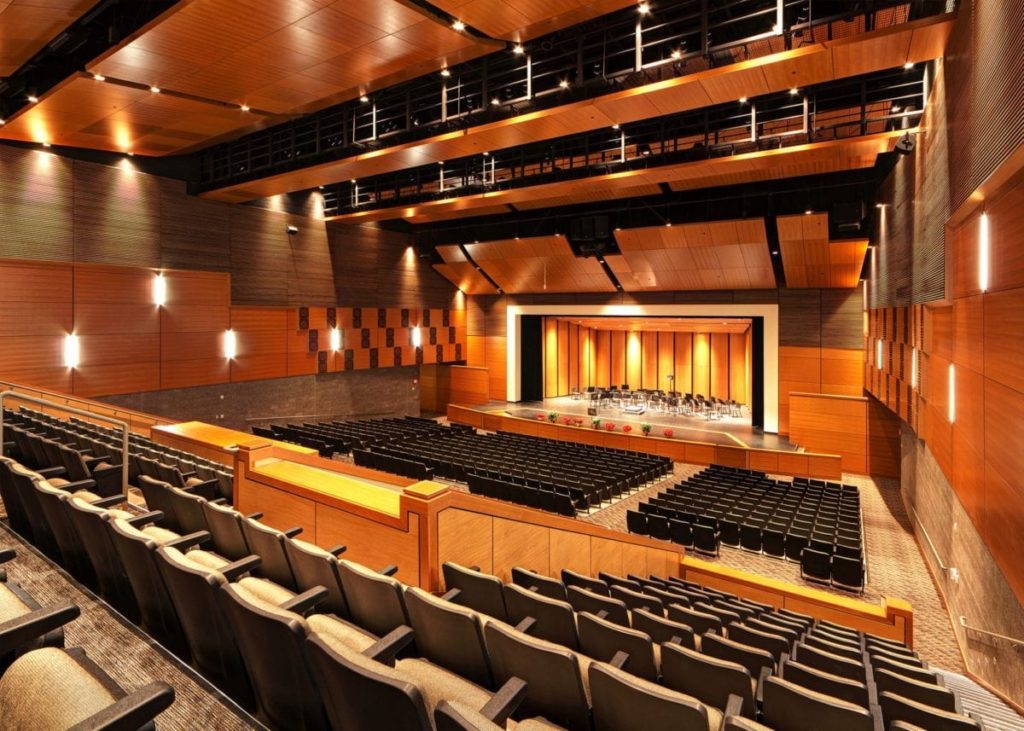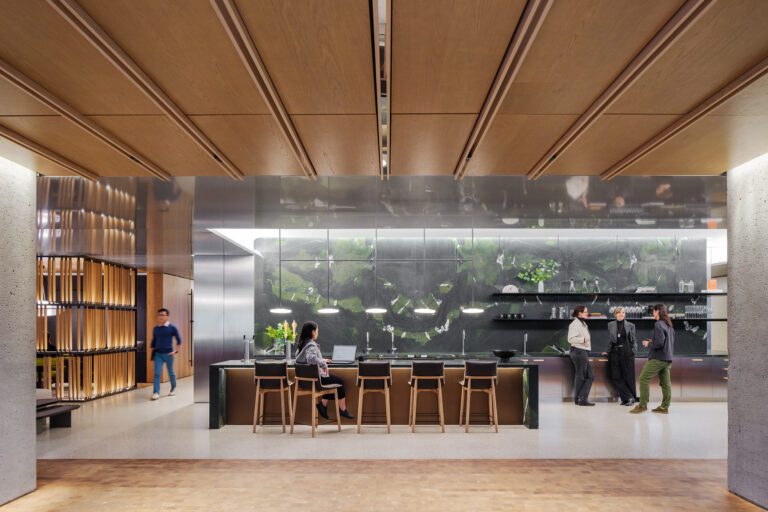In recent years, flexible learning spaces have become increasingly popular in educational institutions. There are many benefits to flexible learning spaces, which is why they are becoming more and more common. In this guide, we will discuss the principles of flexible learning space design and how you can apply them in your own teaching environment.
Benefits of Flexible Learning Spaces
Adaptable to Multiple Group Sizes
One of the benefits of flexible learning spaces is that they can be adapted to the needs of any group size. Whether you have a large class or a small group, you can easily adjust the layout of the space to accommodate your students.
Can Accommodate Different Types of Learners
Additionally, flexible learning spaces are also great for accommodating different types of learners. If you have students who learn best in a traditional classroom setting, as well as students who prefer more hands-on or collaborative learning, flexible learning spaces can accommodate both.
Encourages Student Engagement
Flexible learning spaces also encourage student engagement. When students are able to move around and choose their own learning environment, they are more likely to be engaged in the material.
How to Design a Flexible Learning Space
When it comes to flexible learning spaces, there are a few key things you should keep in mind. By following the principles of flexible learning space design, you can create a truly flexible and adaptable environment for your students.
Use Mobile Furniture
One way to make your learning space more flexible is to use mobile furniture. This way, you can easily change the layout of the room to accommodate different group sizes and activities.
Create Different Zones
Another way to design a flexible learning space is to create different zones within the room. For example, you could have a quiet zone for students who need to focus on individual work, as well as a more collaborative zone for group projects.
Make Use of Technology
Finally, flexible learning spaces should also make use of technology. By incorporating things like whiteboards and video conferencing into your space, you can create a truly flexible learning environment that can be used for a variety of purposes.
Leave Room for Plenty of Open Space
When designing flexible learning spaces, it is also important to leave room for plenty of open space. This way, students will have the opportunity to move around and explore the different areas of the room.
Keep Plenty of Power Outlets Available for Students
Another important thing to keep in mind when designing flexible learning spaces is to make sure there are plenty of power outlets available for students. This way, they will be able to charge their laptops or other devices if necessary.
Design a Calm and Relaxing Aesthetic
Finally, flexible learning spaces should also have a calm and relaxing aesthetic. This will help students feel more comfortable and relaxed in the space, which will in turn promote better learning. Products like Aluratone acoustic wall and ceiling panels can add a peaceful aesthetic while also helping to dampen ambient noise in the educational environment.
How Acoustic Wall and Ceiling Panels Enhance the Learning Experience
Aluratone acoustic wall and ceiling panels are an excellent way to improve the acoustics in your flexible learning space. Not only do they help to dampen ambient noise, but they can provide a wealth of other benefits for learning such as:
Absorb Excess Echo and Reverberation
One of the main benefits of acoustic wall and ceiling panels is that they can help to absorb excess echo and reverberation. This is especially important in flexible learning spaces, as it can help to create a more focused and relaxed environment for students.
Improve Speech Intelligibility
Another benefit of acoustic wall and ceiling panels is that they can improve speech intelligibility. This is essential for flexible learning spaces, as it can help students to better understand lectures and group discussions.
Reduce Noise Distraction
Acoustic wall and ceiling panels can also help to reduce noise distraction. This is important in flexible learning spaces, as it can allow students to focus on the task at hand without being distracted
Enhance the Aesthetic of the Space
In addition to their functional benefits, acoustic wall and ceiling panels can also enhance the aesthetic of the space. This is important in flexible learning spaces, as it can help to create a more calming and relaxing environment for students to concentrate.
Add Aluratone to Your Flexible Learning Space
At Rulon International, we are the proud innovators of the Aluratone acoustic wood wall and ceiling panels. Our products can help you create a certifiably sustainable solution for controlling noise in a learning environment while also adding a calming and warm aesthetic.
To learn more about adding Aluratone to your flexible learning space, contact us today.




